The Gokyo Lakes Trek: Where the Himalayas Take Your Breath Away
Look, most people just rush straight for Everest Base Camp and think they’ve seen the best of the Khumbu. They have no idea they’re skipping a place that feels almost unreal — the Gokyo Lakes. This 13-day Gokyo Lakes Trek with Gokyo Ri Summit is not about ticking Everest off a list, it’s about walking into a landscape where every turn shows you another glacier, another lake so blue it looks painted, and peaks that seem too close to be real. The climb up Gokyo Ri? Yes, it’s steep. Yes, you’ll question why you’re doing it halfway up. But when you stand there and see Everest, Lhotse, Makalu, and Cho Oyu all in one sweep of the horizon, there’s nothing else to say. You just stand still and take it in. Most trekkers never make it here. That’s their loss.
The Gokyo Lakes Trek with Gokyo Ri Summit is the kind of trail that makes you think you’ve seen it all… and then, the next turn proves you wrong. You start low in the Khumbu Valley, where the air smells like pine and smoke from the kitchens in tiny Sherpa villages. Suspension bridges sway over rivers so loud you can barely hear yourself. Prayer flags everywhere, moving in the wind like they’ve been here forever.
Then you climb. Forests thin out. The air gets colder, thinner. Somewhere above 4,000 meters, you’re walking past nothing but rock and ice, following the edge of the Ngozumpa Glacier — a massive frozen river that looks like it’s moving even when it’s still. And then the turquoise hits you. The Gokyo Lakes just appear, glassy and impossibly clear, reflecting Cho Oyu and the surrounding Himalayan peaks like a mirror.
The climb to Gokyo Ri (5,357 m) is steep enough to make you question your choices. You stop every few steps, pretending to take photos just to catch your breath. But the view from the top… there’s no photo that can touch it. Mount Everest, Lhotse, Makalu, Cho Oyu — all in one sweep of the horizon, with the glacier below like a silver scar on the earth. By the time you come down, legs shaking, you know exactly why this route is worth it. It’s not just another trek in the Himalayas of Nepal — it’s the quiet, wild side of the Everest trekking region most people never see.
Nature, Flora & Fauna on the Gokyo Lakes Trek with Gokyo Ri Summit
On the Gokyo Lakes Trek with Gokyo Ri Summit, the scenery doesn’t just change — it shifts slowly, like you’re walking through different worlds stacked one on top of another. Down low in the Khumbu Valley, it’s all green. Tall pines, moss on the stones, and in spring, rhododendrons bursting in pinks and reds so bright you almost forget you’re here for the mountains. The air smells of damp earth and wood smoke from Sherpa village kitchens. Somewhere in the branches, a Himalayan monal flashes like a jewel and is gone before you can lift your camera. Sometimes you’ll hear the river long before you see it. If you’re lucky, a musk deer will wander out, stare for a moment, then vanish into the undergrowth without a sound.
A few days in, past 3,500 meters, the forest starts to thin. Birch trees appear, their bark pale against the dark rocks, and juniper grows low and twisted by years of wind. The trail feels quieter here. No constant birdsong, just the crunch of boots and the hiss of the wind over the ridges. Every so often you’ll spot a Himalayan tahr grazing on slopes so steep it makes your legs ache just looking at them. The guides talk about snow leopards — most trekkers never see them, but sometimes, in the snow, you’ll notice a print that makes you stop and stare. Little bursts of color still appear here — blue poppies, edelweiss, tiny flowers growing in places that look like nothing could survive.
Above 4,500 meters, it’s another world entirely. The air is sharper, every breath colder. Moss, lichen, and a few alpine shrubs cling to life between rocks. Lammergeiers — huge bearded vultures — drift above the Ngozumpa Glacier, and crows follow along the trail, waiting for scraps. Then, suddenly, the turquoise of the Gokyo Lakes appears between the ridges, so still they look unreal, reflecting Cho Oyu and the high Himalayan sky. In late spring, you might still see tiny flowers around the lakes, holding on until the snow returns.
This trek is more than a climb to Gokyo Ri or a distant view of Mount Everest. It’s watching the Himalayas change with every step — the forests, the meadows, the bare stone — and realizing each altitude has its own life, its own rhythm, its own kind of beauty.
Route Overview and Major Stops on the Gokyo Lakes Trek with Gokyo Ri Summit
So, first stop: Kathmandu. That place? Absolute sensory overload. It’s wild — horns blaring, mopeds zipping everywhere, smells you can’t quite place (sometimes in a good way, sometimes… not), and just a ridiculous amount of energy. You sort of want to hate the chaos, but you end up loving it. Anyway, get ready, ‘cause as soon as you leave that madness behind, things get real.
Next up, the famous Lukla flight. I mean, if you’ve never clutched your seat so hard your knuckles turned white, just wait — that landing is straight out of an action movie. Lukla itself is perched at 2,860 meters, and honestly, you’ll feel it in your lungs before you even start walking.
The trek kicks off easy-ish, dropping down to Phakding by the Dudh Koshi River. It’s chill. You’ll probably be thinking, “Hey, I’ve got this,” as you wander through tiny villages and listen to the river crash by. Spoiler: it gets harder.
Namche Bazaar is next, and that climb is a thigh-burner. Namche’s a trip, though — it’s where the real mountain scene starts. Sherpa culture, bakeries (yes, actual bakeries at 3,440 meters), and, yeah, the altitude starts to mess with your head a bit. You have to chill here for a day and acclimatize or you’re gonna regret it. Trust me.
After Namche, the crowds drop off, and so does the oxygen. The trail pushes through rhododendron forests that look straight out of a fairy tale, then shifts to these empty, epic alpine landscapes. Dole, Machhermo — tiny outposts clinging to the mountainside. It’s quiet, it’s stark, and you start to feel like you’re on some sort of epic quest.
Then you hit Gokyo Lakes. Man, words kinda fail here. The color’s unreal — like someone Photoshopped the world. And those mountains? They just keep getting bigger. Cho Oyu, Lhotse, all looming in the distance. The air is thin as hell, but you’re too awestruck to care.
Now, Gokyo Ri. Don’t underestimate this beast. It’s a slog, every step is a struggle, but when you finally drag yourself to the top at 5,357 meters, the view absolutely fries your brain. Everest, Makalu, Cho Oyu — the whole gang’s there, just chilling on the horizon. You’re freezing, gasping, but grinning like an idiot.
Going down, you retrace your steps: Dole, Namche, Lukla. It’s all a blur of suspension bridges, yaks, prayer flags, and little stone villages. Each stop feels like coming home, even though your legs are basically jelly by then.
Top Highlights of the Gokyo Lakes Trek with Gokyo Ri Summit
Alright, let’s be real: the Gokyo Lakes Trek with that Gokyo Ri summit? It’s a next-level adventure. Forget squeezing past the Everest Base Camp traffic jam—this route’s all about tranquil blue lakes, wild altitude, and those insane, pinch-me views that stick in your brain forever. Thirteen days of “whoa,” “wait, what,” and “am I seriously here?” moments, all while your lungs scream at you in the best way possible. You’ll wander through Sherpa villages that haven’t turned into tourist traps, cross those wobbly Indiana Jones bridges over rivers that sound like thunder, and then boom—stand on top of Gokyo Ri at 5,357 meters, surrounded by Everest and its heavyweight buddies. Pure, raw Himalaya on display.
What’s actually epic about this trek?
- You’ll wind through legit Sherpa towns like Namche Bazaar, Dole, and Machhermo—places where the yak butter tea flows and the culture’s as thick as the mountain air.
- Those suspension bridges? They’re wild. You’ll wish you had a GoPro just for the Dudh Koshi River crossings.
- Hit the Gokyo Lakes at nearly 4,800 meters—these are not your average Instagram ponds. Unreal colors, high as heck, and crazy peaceful.
- Climb Gokyo Ri (yeah, it’s a lung-buster) and get a front-row seat to Everest, Lhotse, Makalu, Cho Oyu, plus the giant, snaking Ngozumpa Glacier. That view? It’s ridiculous.
- The terrain’s all over the place: lush forests, rocky moonscapes, icy moraines. You’ll never be bored, or warm, but hey, that’s half the fun.
- Best part? No Everest Base Camp crowds breathing down your neck. You get the mountains (almost) to yourself.
- Chill (and breathe) in Namche Bazaar, soak up the market vibes, snack on weird snacks, and pretend you’re acclimatizing when you’re really just people-watching.
- Oh, and those sunrises and sunsets? The kind that make you want to write poetry or at least post a dozen unfiltered photos. Gold-tipped peaks, pink skies—pure magic.
Best Seasons to Trek the Gokyo Lakes with Gokyo Ri Summit
Alright, let's get real about trekking Gokyo Lakes and Gokyo Ri. Timing? Yeah, it’s everything. If you hit the wrong season, you’re either slogging through mud, freezing your toes off, or missing all the jaw-dropping views everyone’s been raving about on Instagram.
So, here’s the deal: autumn and spring are pretty much the best seasons for this trek. Autumn (September to November) is absolutely killer—monsoon’s packed its bags, the air’s all clear and snappy, and the views? Chef’s kiss. You’ll get those epic blue-sky days, and the mountains look like they’re posing just for you. It’s not a mob scene like Everest Base Camp either, so you actually get some peace and quiet out there. Oh, and if you’re into that whole “flowers and flags” aesthetic, you’re still gonna see some rhododendrons kicking around, with prayer flags flapping dramatically in the wind. It’s a vibe.
Spring (March to May) slaps too, especially if you’re into wildflowers and not freezing your face off. Everything starts waking up—rhododendrons go wild, lower trails turn into a riot of colors, and the days get longer (translation: more time to wheeze your way up Gokyo Ri at 5,357 meters). Visibility’s solid most days, but yeah, sometimes you get a random rain shower that’ll try to mess up your plans and make the trail a slip-n-slide.
If you’re thinking, “Hey, what about the monsoon?”—honestly, unless you have a thing for mud, leeches, and zero views, just skip it (June to August is a hard pass for most folks). Sure, the hills are stupidly green, and you’ll have the place to yourself, but landslides and washed-out trails aren’t exactly #vacationgoals.
Winter? Now we’re talking for the hardcore crowd—December to February is cold enough to freeze your snot, and yes, snow loves to block trails and lock up the lodges. But wow, if you can hack it, the skies are so clear it almost hurts, and you’ll have all that majestic silence pretty much to yourself. Just bring ALL the layers and maybe a backup plan if the weather gets too gnarly.
Autumn and Spring, hands down, are when you wanna do this trek. You get the best mix of good weather, solid trail conditions, and those “holy crap, I’m in the Himalayas” moments. Whether this is your first big trek or you’ve already got blisters named after you, these seasons are where it’s at.
Food and Accommodation on the Gokyo Lakes Trek with Gokyo Ri Summit
Alright, so let’s get real about food and sleep on the Gokyo Lakes Trek (with the Gokyo Ri side quest, obviously). This isn’t some bougie spa weekend—nah, you’re slogging up mountains, and comfort comes in the cozy-but-basic “teahouse” variety. These places are usually run by local families, and you can totally feel that homey vibe—even if you’re sharing a bathroom and the mattress is about as thick as a yoga mat.
Now, if you’re still down in the lower villages like Phakding or Namche Bazaar, you’re in luck. The food menus get a little fancy—not only dal bhat (that classic Nepali lentil-and-rice power combo), momos (dumplings that you’ll probably crave for the rest of your life), and noodle soup, but also stuff like pancakes, spaghetti, and even the occasional “pizza” (don’t expect Italy, but hey, carbs are carbs). Most teahouses do the full meal deal—breakfast, lunch, dinner. Water’s a thing: you’ll want to boil it yourself or just buy the bottled stuff unless you’re keen on some impromptu digestive adventures.
Start climbing up—Dole, Machhermo, and finally Gokyo, way up near 4,800 meters—and the menu shrinks faster than your energy levels. Fresh veggies? Forget it. You’ll be seeing lots of potatoes, canned soup, eggs, and dried noodles. It’s all about fueling up; you’ll be burning calories like crazy just trying to breathe up there. Hot drinks become your new best friends—ginger tea, yak butter tea (an acquired taste, for sure), and instant coffee that’s probably not winning any awards but does the job.
Sleeping arrangements? Think minimalist, with a dash of “well, at least it’s clean.” Thin mattresses, wool blankets, sometimes electricity if the solar panels feel like cooperating, and hot water is more like a rumor than a guarantee as you get higher. But honestly, the teahouse owners are super welcoming—you’ll get a hot meal, maybe some friendly banter, and a place to thaw out by the stove. Sometimes that’s all you really need.
And you know what? That’s kind of the magic. You’re not getting five-star luxury, but there’s something unbeatable about swapping stories with other trekkers in the dining room, then waking up to Himalayan peaks blazing in the sunrise. Pro tip: bring your own sleeping bag and a roll of toilet paper. Trust me.
Overall—yeah, the comfort level is basic, but it fits. You get enough to refuel, enough local flavor to keep things interesting, and a front-row seat to some of the best mountain hospitality on the planet. If you’re chasing those epic views, this is the real deal.
Trekking Permits and Regulations for the Gokyo Lakes Trek with Gokyo Ri Summit
Alright, let’s talk permits for the Gokyo Lakes trek (with that spicy Gokyo Ri summit thrown in). Don’t even think about skipping this part—you’ll get turned around faster than you can say “yak cheese.”
First up: **Sagarmatha National Park Permit**
Yeah, you need it. No way around it. This covers the whole Everest zone, including the Gokyo Lakes. It’ll run you about $30 bucks, give or take a couple dollars depending on the exchange gods. Easiest spot to snag it? Kathmandu—hit up the Nepal Tourism Board or just have your trekking company sort it for you. Lukla’s an option too, but honestly, why add more headaches when you’ve got enough to worry about? (Like, you know, breathing at 5,000 meters.)
**TIMS Card (Trekkers’ Information Management System)**
Basically, Nepal wants to know who’s wandering around its mountains.
→ If you’re a lone wolf, you’re looking at about $20 for the card.
→ If you’re with a group or agency, they usually bake it into your package (but you should double-check, don’t just assume).
Grab it in Kathmandu at the Tourism Board, or if you’re running late, the Trekker’s Info Center in Lukla has your back. It’s all about keeping tabs and making sure you don’t go full Into the Wild, you know?
**Local Area Fees**
Honestly? For Gokyo, you’re chill with the above two. No sneaky extra local fees lurking around, unless something changes last minute (Nepal loves surprises—ask your agency just in case).
**Guide & Porter Permits**
No official “guide permit” for Gokyo. But hiring a registered guide or porter? Total game changer. Not just for hauling your stuff (though, bless them for that), but also for not getting lost, dodging altitude issues, and picking up fun local tidbits you’d never get on your own. They carry their own licenses, so you don’t have to sweat that.
**Heads up:**
→ Trekking without permits? Big yikes. Fines, turned around at checkpoints, the whole works.
→ Always keep your permits handy—random checks happen in places like Lukla, Namche, and the park gates.
→ Prices can shift a bit, so check the latest before you fly out. Nepal loves to keep you on your toes.
(That’s the deal. Paperwork’s boring, but trust me, it’s way better than arguing with a park ranger at 3,000 meters.)
Fitness Level and Trekking Difficulty for the Gokyo Lakes Trek with Gokyo Ri Summit
The Gokyo Lakes Trek with Gokyo Ri Summit isn’t a walk in the park. It demands a good level of fitness because you’ll be covering long distances on steep, sometimes rocky and uneven trails, often between 4 to 8 hours daily. The terrain varies — from forested paths and suspension bridges to high alpine ridges and glacier moraines — so expect your legs and lungs to get a proper workout. Altitude is a serious factor here: you’ll reach up to 5,357 meters at Gokyo Ri, where the air is thin and every breath counts. Altitude sickness is a real risk, so the trek includes acclimatization days at places like Namche Bazaar to help your body adjust gradually.
To prepare for this trek, focus on building your cardiovascular endurance and leg strength with activities like hiking, running, or cycling before you go. Strength training — especially for your core and legs — will make uphill climbs and downhill descents easier and reduce injury risk. Even if you’re not an athlete, steady training over a few months will get you in shape. Remember, mental endurance matters too: this trek tests your patience, willpower, and ability to adapt to changing mountain conditions. If you’re comfortable walking several hours a day on uneven ground and have done some altitude trekking before, you’re already on the right track.
🧭 Alternative Tours & Packages
- Luxury Everest & Gokyo Helicopter Trek – 5-Star Mountain Expedition
A high-end trekking adventure combining guided hikes in the Everest and Gokyo regions with scenic helicopter rides and luxurious accommodations for an unforgettable Himalayan journey.
- Ultimate Everest Adventure: Gokyo Lakes & Base Camp Trek
Traverse breathtaking valleys, explore the Gokyo Lakes, cross the Cho La Pass, and reach Everest Base Camp in this comprehensive trekking experience through the heart of the Khumbu.
- Everest & Gokyo Lake Helicopter Tour
Enjoy a panoramic flight over the Everest region and the turquoise Gokyo Lakes , a spectacular aerial adventure for those wanting to see it all in a single day.
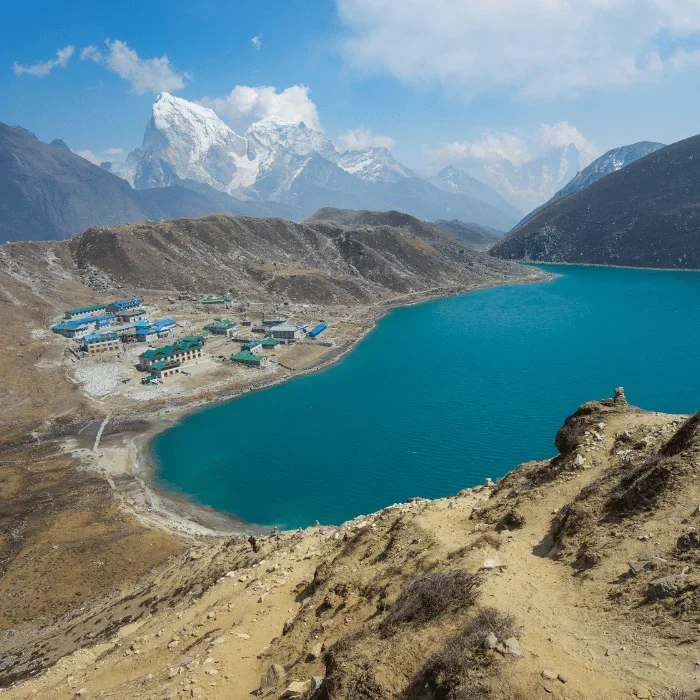
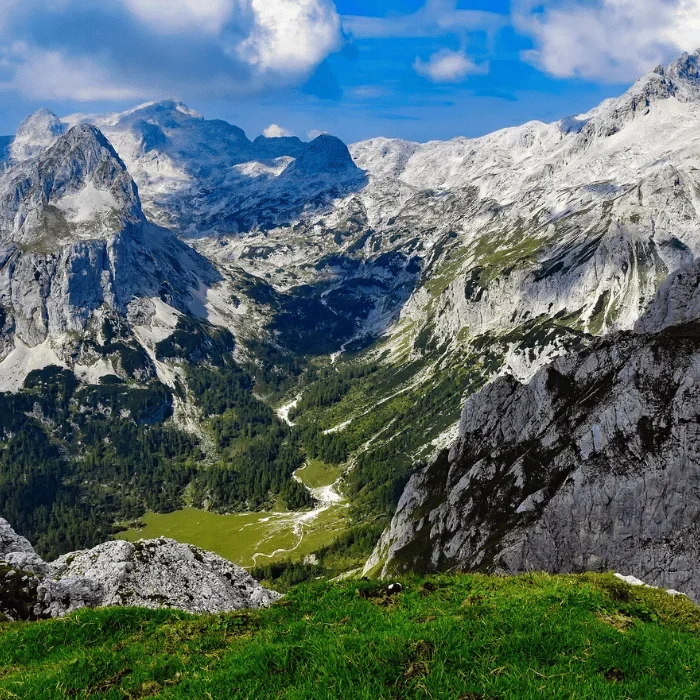

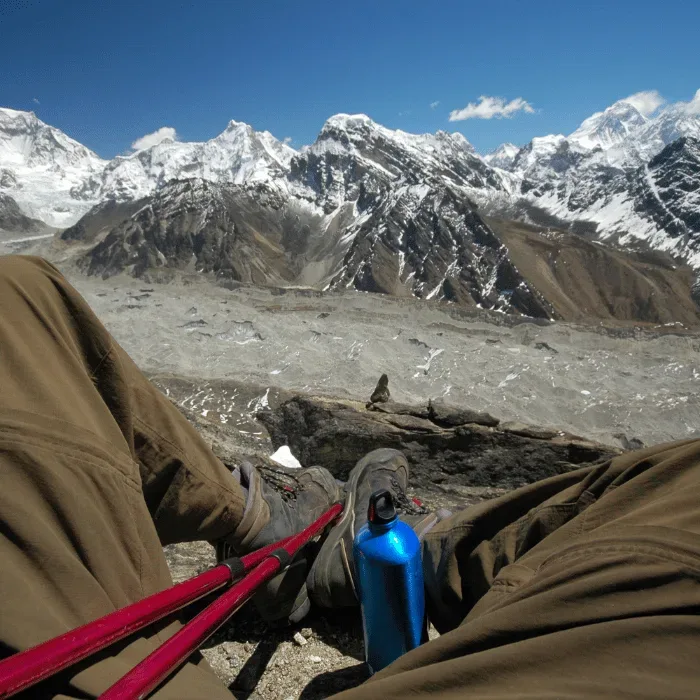
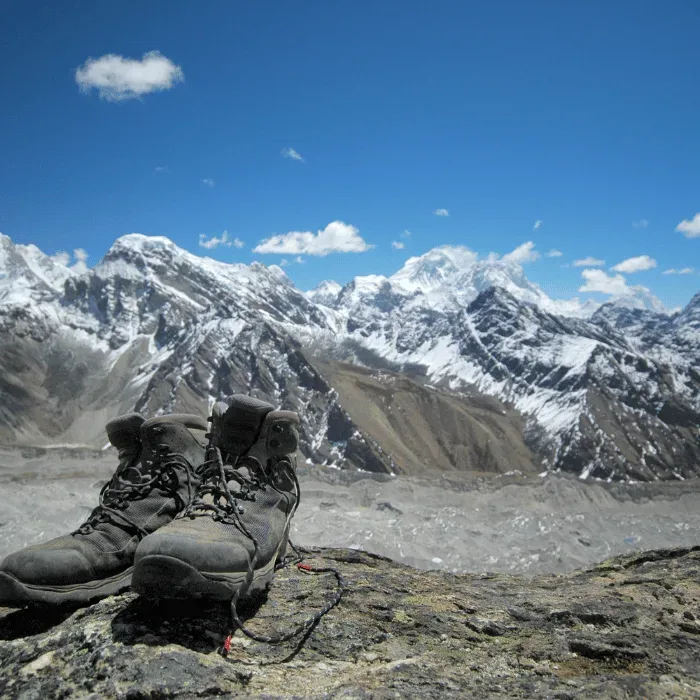





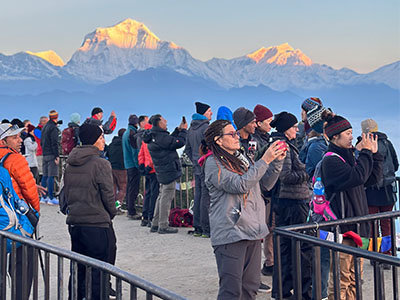
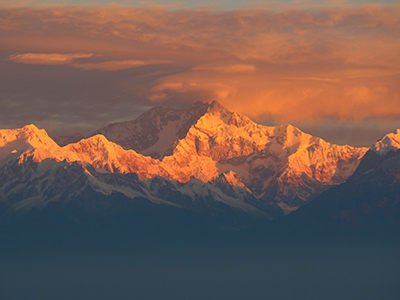
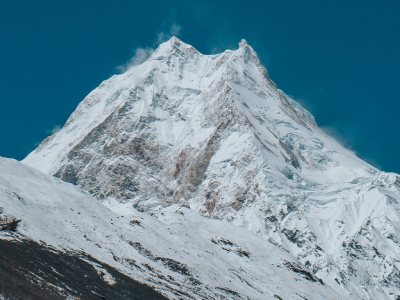
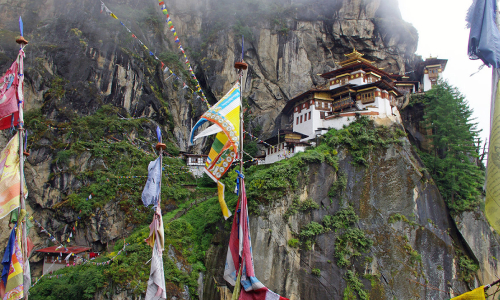
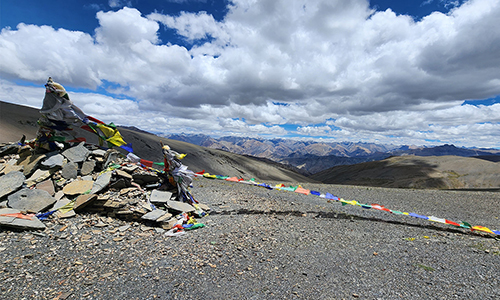
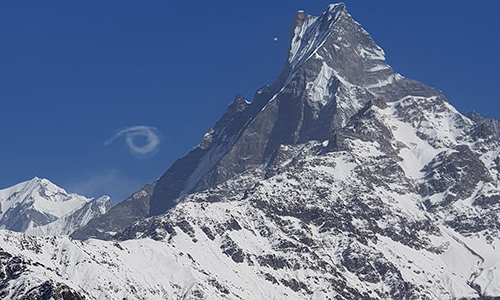
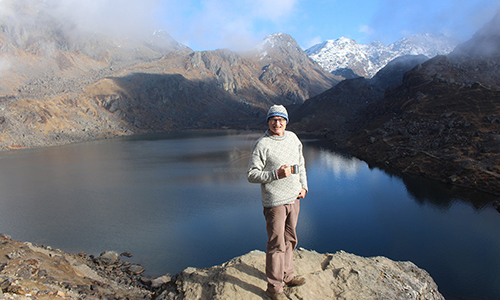
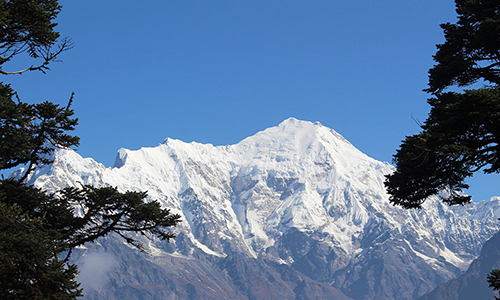


Sarah Mitchell
2025-06-16 15:21:45
The Gokyo Lakes Trek was absolutely magical! The shimmering turquoise lakes and the breathtaking climb to Gokyo Ri offered some of the best views I’ve ever seen — including Mount Everest! Vyas Trek Nepal did a fantastic job organizing everything. Truly a peaceful and scenic Himalayan adventure!